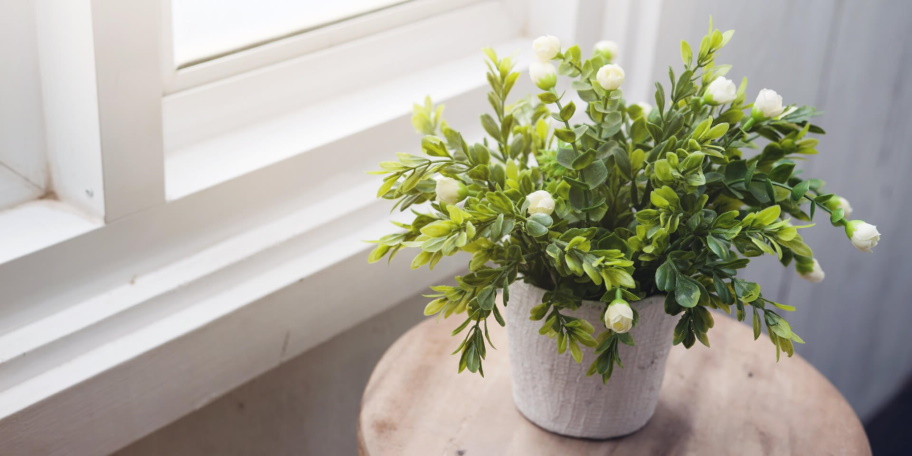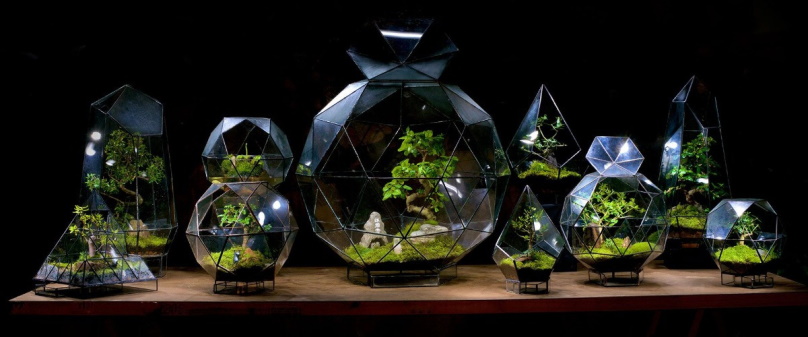What Are The Benefits Of Having Houseplants
- Published in Cozy Up Your Home
- Permalink

Houseplants not only add aesthetic beauty to your home but can also improve air quality and reduce stress. Research has shown that indoor plants help absorb volatile organic compounds (VOCs) from the air and filter out household dust, mold spores, and other pollutants. By absorbing these airborne toxins, plants can provide a healthier environment for you to live in.
Having houseplants in your home can also help reduce stress levels, elevate moods, increase concentration and productivity, and enhance overall well-being. Furthermore, plants are visually appealing and create a sense of calmness in any space.
Lastly, plants help provide an environment conducive to relaxation and recreation – making home a place people want to stay in.
Is it difficult to care about houseplants?
No, not necessarily. Anyone can learn to care for houseplants with basic tips and tricks.
The most important part of caring for houseplants is understanding their needs – different plants require different light levels, water, and nutrients. Researching your specific plants can help you determine the best way to give them what they need to thrive.
Additionally, ensuring that your pots have adequate drainage and that you use proper soil for each type of plant will ensure that your plants stay healthy.
Don’t forget to prune dead or dying leaves as necessary to keep your plants looking their best! With these simple steps in mind, caring for houseplants can be easy and enjoyable.

How often should I water houseplants?
The frequency of watering houseplants will depend on the type of plant, size of the pot, and local climate. Most houseplants must be watered weekly or every 2-3 days in hot weather. To figure out when to water, check the soil with your finger. If it feels dry up to 1 inch deep, it’s time to water. In winter, many houseplants can go up to two weeks without water since they are not actively growing.
What houseplants are the easiest to care about?
The easiest houseplants to care for are succulents like aloe vera, and echeveria. These plants require minimal water and can thrive in dry environments.
Cacti are also a low-maintenance option. Just make sure you plant them in a container with a drainage hole and use cactus soil to give them the proper drainage they need.
Finally, if you’re looking for a no-fuss solution, terrariums are the way to go! They’re self-sustaining ecosystems that allow for easy customization, and you can easily switch up your plants and décor whenever you want. You only need a little light, some occasional misting, and maybe an occasional fertilizing session with these plants.

 Founder of GretaBean, certified child development therapist, certified teacher, author, wife to Steve, and mom to our four (wonderful) children. Here you’ll find encouragment, ideas, recipes, activities for kids, organizing tips, and anything else that can make your day a little better! 🙂
Founder of GretaBean, certified child development therapist, certified teacher, author, wife to Steve, and mom to our four (wonderful) children. Here you’ll find encouragment, ideas, recipes, activities for kids, organizing tips, and anything else that can make your day a little better! 🙂